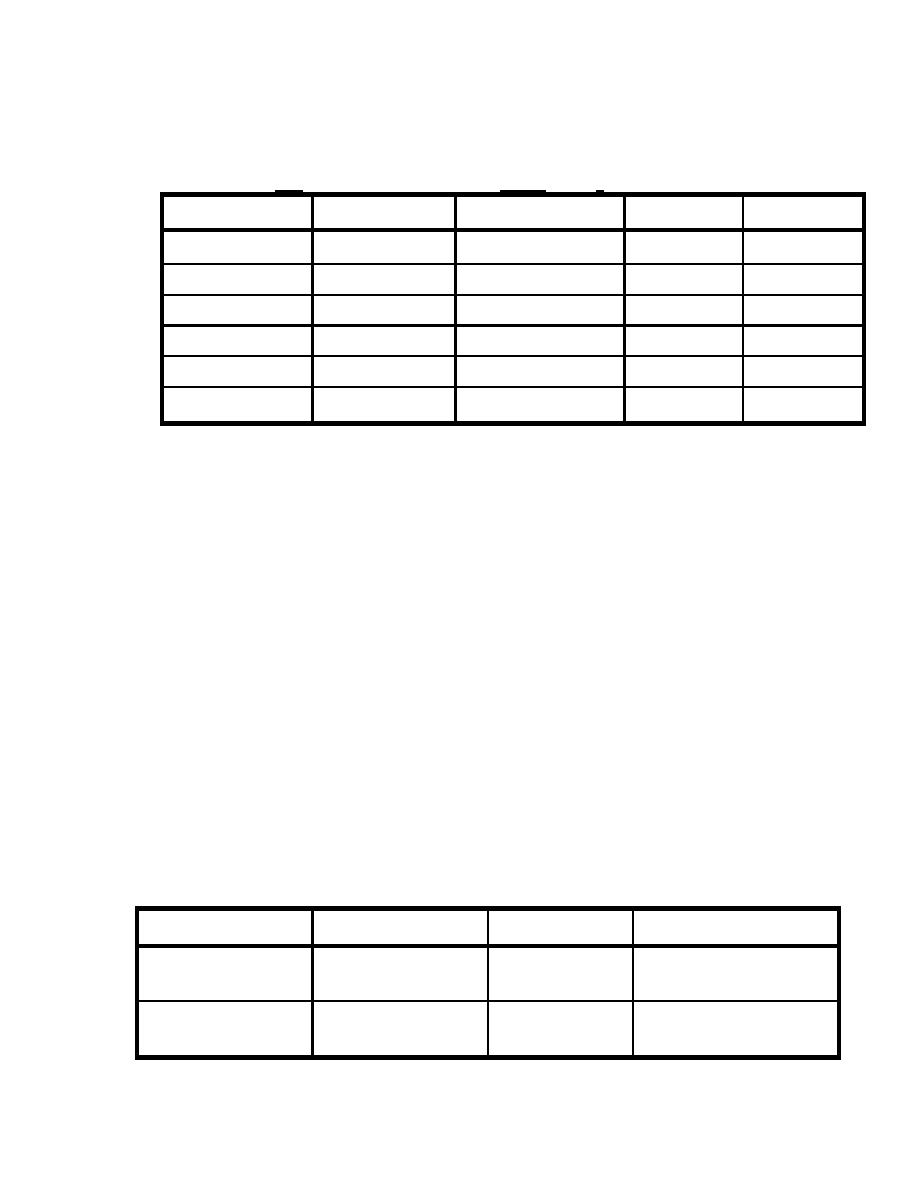 |
|||
|
|
|||
|
Page Title:
Table 4.7 Typical Format for a What-If Analysis Worksheet |
|
||
| ||||||||||
|
|  DOE-HDBK-1100-2004
Table 4.7 Typical Format for a What-If Analysis Worksheet
LINE/VESSEL:
Date:
PAGE: of
SAFETY LEVELS(a)
WHAT-IF
CONSEQUENCE
SCENARIO
COMMENTS
(a) This column is a recent improvement in documentation format.
Source: CCPS, 1992.
The comments column may contain additional descriptive information or
actions/recommendations. The recommendations, sometimes with more detailed explanations,
can be summarized in the report to produce a list of action items or suggestions for improving
the safety of the process. These results should be reviewed with management to assure that the
findings are transmitted to those ultimately responsible for any actions.
4.2.3 Staffing Needs and Time
The PSM Rule requires that a what-if analysis be performed by a team with expertise in
engineering and process operations. It must include at least one employee experienced in the
process, and one knowledgeable in the use of the analysis method. For simple processes, two or
three people may be assigned to perform the analysis. However, larger teams may be required
for more complex processes. When a large team is required, the process may be divided
logically into smaller pieces, and a subset of the team may analyze each piece.
The time and cost of a what-if analysis are proportional to the number and complexity of the
processes being analyzed. Table 4.8 presents estimates of the time needed to perform a PrHA
using the what-if analysis method.
Table 4.8 Approximate Time Requirement for What-If Analyses
PREPARATION(a)
DOCUMENTATION(a)
SCOPE
EVALUATION
Simple/Small
System
4 to 8 hours
4 to 8 hours
1 to 2 days
Complex/Large
Process
1 to 3 days
3 to 5 days
1 to 3 weeks
(a) Primarily, team leader and scribe.
Source: CCPS, 1992.
35
|
|
Privacy Statement - Press Release - Copyright Information. - Contact Us |